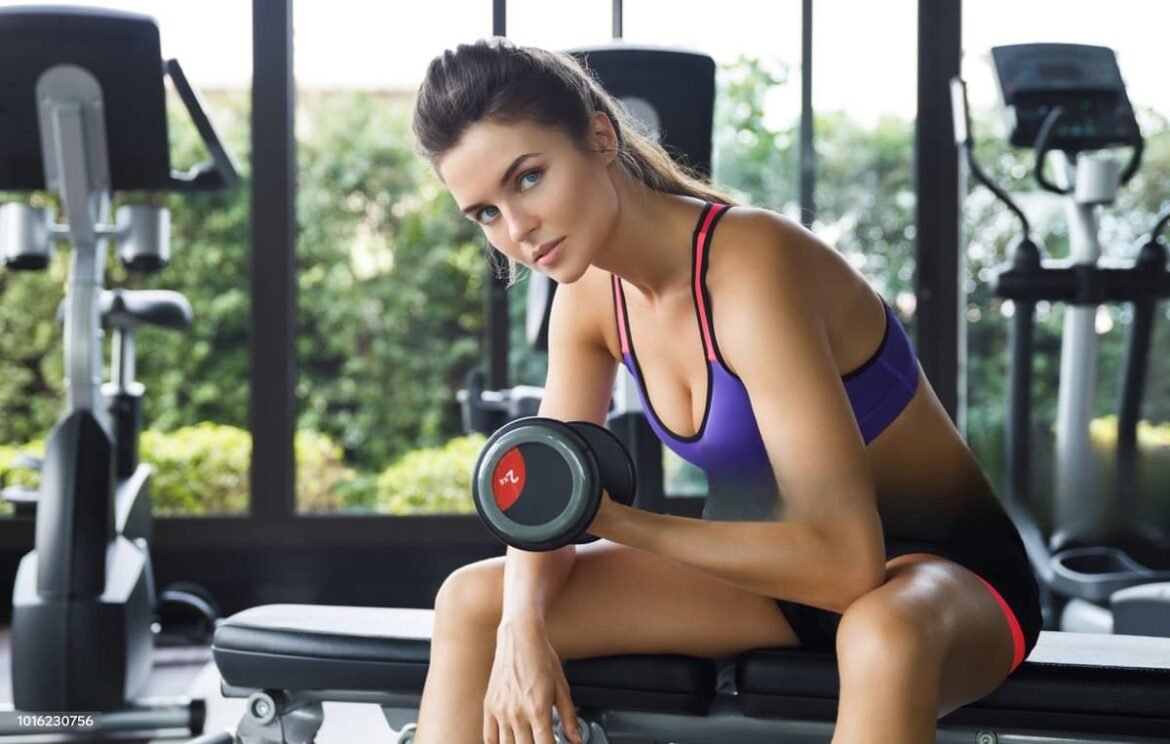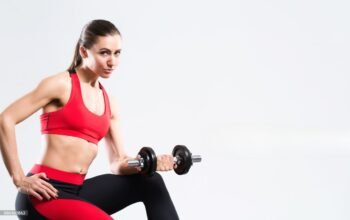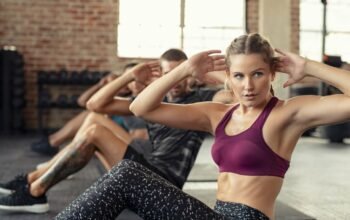In the quest for a longer, healthier life, regular exercise plays an important role. Longevity is not just about adding years to your life but also about enhancing the quality of those years as well. Regular physical activity has been scientifically proven to be one of the most effective ways to achieve both. This comprehensive article will help you explore the best exercises for longevity, delving into the science behind them and providing practical tips for incorporating them into your daily workout routine.
1. Make your heart healthy with Aerobic Exercise
Aerobic workout, often referred to as cardio, is a cornerstone of longevity. It involves activities that enhance your heart rate and breathing. Some of these exercises include the following exercises.
Jogging.
Jogging stands out as one of the most incredible aerobic exercises for promoting longevity. Its combination of cardiovascular advantages, calorie burning, and stress reduction makes it a powerful tool for a longer and healthier life. Regular jogging helps improve the health of your heart by strengthening the cardiovascular system, overcoming the risk of heart disease, and enhancing circulation.
Rope jumping.
Jumping rope is also a fantastic aerobic exercise choice for promoting longevity. It provides a comprehensive workout that helps to engage multiple muscle groups while elevating the heart rate, making it an excellent option for cardiovascular health. Regular rope jumping strengthens the heart, increases your lung capacity, and improves overall stamina, reducing the risk of heart disease and other chronic illnesses.
Hiking
Hiking is a superb choice for promoting longevity through aerobic workouts. It combines the advantages of a cardiovascular workout with the joy of immersing oneself in nature. Regular hiking also helps in improving heart health by enhancing circulation, reducing the risk of heart disease, and lowering blood pressure. It also provides a full-body workout, strengthening muscles, bones, and joints, thus promoting overall fitness and preventing age-related mobility issues.
2. Exercises for Enhanced Mobility
These workouts help to improve joint health and mobility, ensuring that you can enjoy an active lifestyle well into your later years. Some of these exercises are discussed below.
Dynamic Stretching
Dynamic stretching involves controlled movements that take your joints and muscles through their full range of motion. These exercises enhance blood flow, loosen up tight muscles, and make your body stronger for more intense activities. Some dynamic stretching workouts include leg swings, arm circles, and walking lunges.
Hip Flexor Stretch
Sitting for extended periods can lead to tight hip flexors, which can restrict your hip mobility. To stretch your hip flexors, kneel on one knee and shift your weight forward while keeping your back in a straight position. You must feel a stretch in the front of your hip. Take a pause at this position for 20-30 seconds and switch sides.
Performing forward lunges.
Forward lunges are a valuable exercise for enhancing the flexibility of your body. They target and stretch multiple major muscle groups simultaneously, contributing to enhancing overall body flexibility. As you step forward into a lunge, your hip flexors, quadriceps, hamstrings, and calves are all engaged and stretched. This dynamic movement helps in alleviating tightness in these areas, which is common in those individuals who spend extended periods sitting. Along with that forward lunges engage the groin and inner thigh muscles, promoting flexibility in these often-neglected regions.
3. Performing cardio exercises.
Engaging in regular cardio exercises significantly contributes to increased longevity. These activities, such as running, swimming, and cycling, bring about a cascade of health advantages that promote a longer and healthier life. Cardio workouts strengthen the heart, increase blood circulation, and lower your blood pressure, reducing the risk of heart disease, strokes, and other cardiovascular issues. Improved lung function is one of the advantages, supporting respiratory health and minimizing the chances of conditions such as chronic obstructive pulmonary disease.
4. Performing HIIT exercises.
High-intensity interval training workouts are considered highly beneficial for health due to their efficiency and effectiveness in improving multiple aspects of physical well-being. Some of the HIIT exercises are discussed below.
Burpees.
Burpees are one of the best examples of a High-Intensity Interval Training exercise because they include the fundamental principles of HIIT workouts. HIIT is characterized by short bursts of intense workouts followed by brief periods of rest or lower-intensity activity.
Jumping lunges.
Rope jumping, also known as skipping rope, is a form of exercise where an individual jumps over a rope repeatedly as it passes beneath their feet. It can be done with multiple techniques, including single jumps, double under (where the rope passes under the feet twice with each jump), and even more advanced tricks.
Rope jumping could be an effective High-Intensity Interval Training exercise when structured as such. HIIT is characterized by short bursts of high-intensity exercise followed by short periods of rest or low-intensity recovery.
5. Low-impact exercises.
Low-impact exercises are a valuable and gentle approach to physical activity that can offer advantages to people of all ages and fitness levels. These exercises minimize the stress placed on joints, making them ideal for individuals recovering from injuries, managing chronic conditions, or seeking a more accessible way to stay active. Low-impact activities which include swimming, cycling, and using an elliptical trainer provide cardiovascular benefits while reducing the risk of joint strain or impact-related injuries. Besides that, low-impact exercises often focus on building strength, flexibility, and balance, contributing to overall fitness and enhancing longevity.
Advantages of performing exercises.
Cardiovascular Fitness.
HIIT involves short bursts of intense activity followed by brief recovery periods. This cycle challenges and strengthens the cardiovascular system, leading to improved heart health, increased stroke volume, and enhanced endurance. It can reduce the risk of heart disease and improve overall cardiovascular fitness.
Calories Burning.
HIIT is known for its ability to burn a significant number of calories in a short amount of time. The high-intensity intervals elevate the metabolic rate, promoting weight management and fat loss.
Enhanced consumption of Oxygen.
Regular exercise can improve VO2 max, which is the body’s maximal oxygen consumption during exercise. This measure reflects overall fitness and can be associated with better endurance and longevity.
Mental Health Benefits.
During exercise hormones are released that are called endorphins, which can improve mood and reduce stress. It can also improve your cognitive function and mental clarity.
Adaptability.
Regular exercise can be tailored to several fitness levels and preferences, making them accessible to a wide range of individuals.




